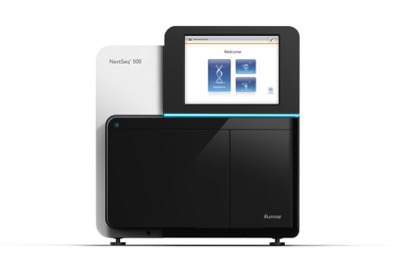
July 17, 2018 -- The global advance of health care increasingly depends on the study of genetics and the human genome. From determining the genetic composition of a tumor to revealing rare genetic disorders in newborns, innovative technologies and techniques have given us the ability to diagnose and monitor a patient’s disease, assess their health risk, and decide which remedies are best suited for prevention or treatment.
We at The Science Advisory Board would like to share what our members told us in terms of current trends and new analytical solutions being used in molecular diagnostics (MDx).
From Idea to Approval
There are a variety of MDx techniques used in hospitals, research labs, clinics, and commercial or reference labs that are used to detect nucleic acids and proteins for diagnostic or monitoring purposes. Most require an analytical instrument, such as a PCR machine, mass spectrometer, or sequencer. The companies manufacturing these instruments continually look to enhance their detection capabilities and expand the science into new applications. When a new instrument or instrument based technique hits the market, it generally begins as a clinical or translational research tool designed to study nucleic acids and proteins.
MDx techniques evolve in different ways and not all methods survive. Those that typically do transition from basic research to lab-developed tests (LDTs) in applied testing and diagnostic markets, where they are able to be used in a more routine and trusted capacity. Techniques can further evolve and achieve approval from country or region specific regulatory agencies – a process that requires rigorous testing to ensure that quality and performance standards are maintained.
Molecular diagnostics can be categorized into two major segments: clinical research and molecular in vitro diagnostics (IVD). Both methods are equally important to the success of detecting and monitoring disease. Clinical research involves the development of assays for molecular diagnostics, biomarker discovery, and pharmacogenomic applications. Molecular IVD embodies the analysis and detection of infectious disease, cancer, genetic disorders, metabolic ailments, and others.
Fierce Competition
Many of the largest names in the life sciences have already entered the clinical diagnostics space, either with new medical instruments or by acquiring smaller companies fluent in the industry with established product lines.

At the same time, Fabric Genomics announced a solution for somatic mutations in cancer. This enables clinical labs that perform cancer NGS testing to quickly convert genomic insights to targeted therapies.
In the past two years, Waters, Roche, Thermo Fisher Scientific, Luminex, CombiMatrix, Hologic and several other companies have also received FDA or EU IVD approval for various instruments and techniques in and around the clinical diagnostics space. These approvals cover a wide variety of topics, such as cancer diagnosis and treatment, stillbirth genetic testing, blood testing, virus detection and differentiation, among others.
At its core, these innovations in MDx will help millions of people worldwide with faster and more accurate diagnosing of disease and genetic conditions, and ultimately better-informed recommendations for effective treatments.
Copyright © 2018 scienceboard.net






